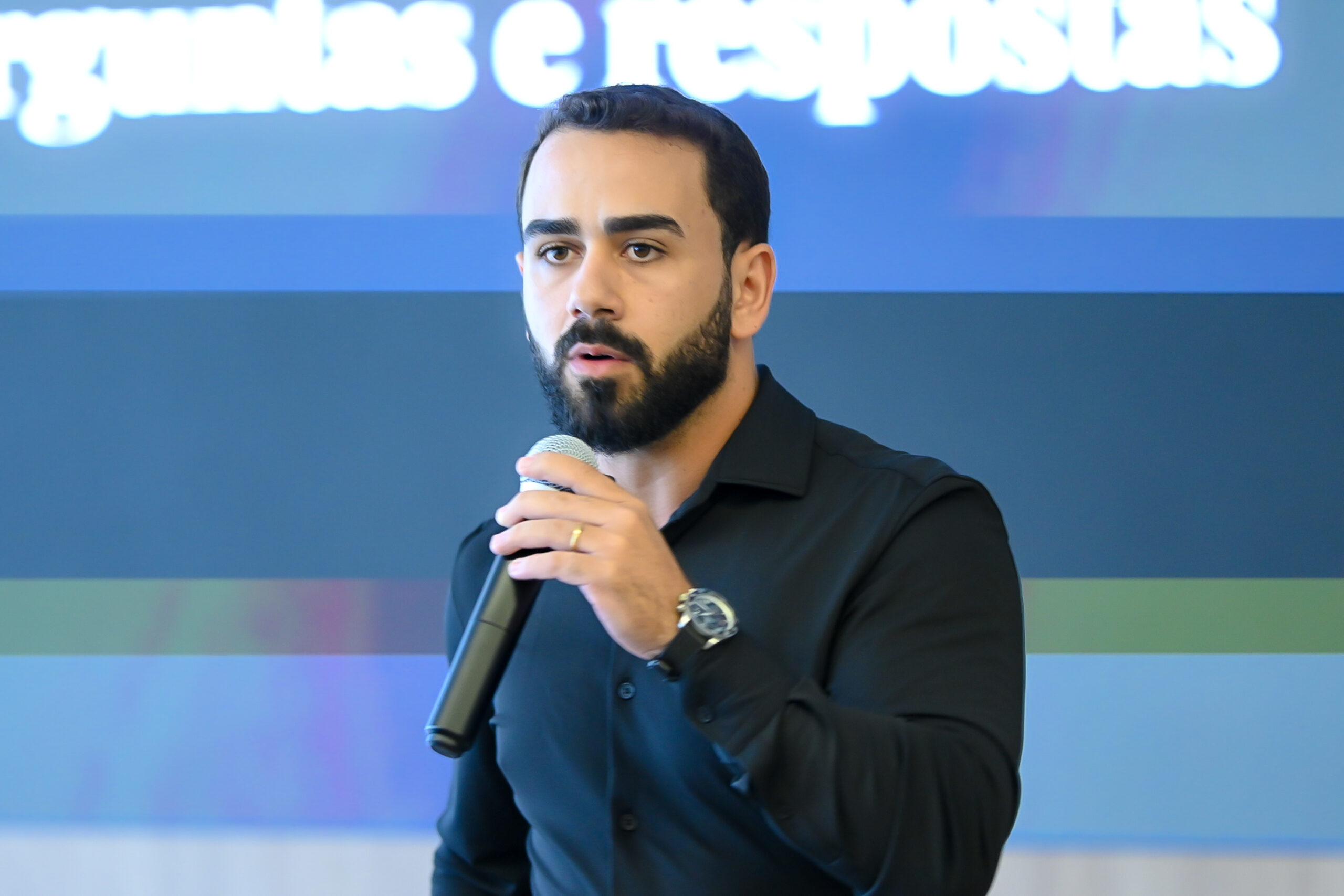Previous to Werkzeug 0.9 this would only contain form data for POST and PUT requests. It basically behaves like a standard file object you know from Python, with the difference that it also has asave() function that can store the file on the filesystem.
The main intention is that you can replace parts of the implementations and this way have customizable pluggable views. I feel I done it wrong, because all docs says ‘create flask app at module level’. Web-based applications typically require the ability to send mail to the user/client. Flask doesn’t have an out of the box solution to send mail. These Terms and Conditions of Use, as they may be amended from time to time, constitute the entire agreement and understanding between you and us governing your use of the Web Site. Our failure to exercise or enforce any right or provision of the Terms and Conditions of Use shall not constitute a waiver of such right or provision. Neither a course of dealing or conduct between you and the Company nor any trade practices shall be deemed to modify these Terms and Conditions of Use.
Using Flask Inside Class
# Create some test data for our catalog in the form of a list of dictionaries. Now that we have a running Flask application and know a little about what Flask does, we’re finally ready to implement a small API with data that we’ll define right in our application. All requests we make to the API must begin with this portion of the URL.
- Allows you to specify a subdomain to be used when registering routes for your FlaskViews.
- Parametersapp – The application this blueprint is being registered with.
- This is useful for executing small snippets of management code without having to manually configure the application.
- ¶boolean that is True if the application is served by a multithreaded WSGI server.
- In the route we created, our book entries are converted from a list of Python dictionaries to JSON before being returned to a user.
You can use the Windows, macOS, or Linux operating systems to complete this tutorial, and those few instructions that are not the same across platforms will be explicitly noted. Python 3, the Flask web framework, and a web browser are required for this tutorial, and installation instructions for all platforms are outlined below.
It’s used with low load and never exposed to the Internet, so build-in flask web server is perfectly fine. These terms will be governed by and construed in accordance with the laws of the State of Pennsylvania, without regard to any principles of conflicts of law.
Python3
For example, this can be used to open a database connection, or to load the logged in user from the session. The function will be called without any arguments and its return value is ignored. ¶Registers a function to be run before the first request to this instance of the application. If you choose to follow any such recommendation you do so at your own risk. The options is a list of parameters to be forwarded to the underlying Rule object.

It covers the basics of building with Python, including the web frameworks Django and the Flask app from the very first def hello. You can expand your knowledge and expertise with Harvard’s full professional certification course. These introductions can teach you the basics and help you master complex tasks. Running py files, step by step instructions for setting up Hello World – you’ve got everything you need to get started. ¶Registers a FlaskView class for use with a specific instance of a Flask app. Any methods not prefixes with an underscore are candidates to be routed and will have routes registered when this method is called. When the request context is popped, it will evaluate all the functions registered on the application for teardown execution (teardown_request()).
Mapping Models With Python Classes
Available in crystal clear PMP, these volumetric flasks are calibrated “to contain” and meet Class A tolerances per DIN EN ISO 1042. Supplied certificate includes mean test value and lot . Thermal stress up to 121°C does not cause permanent exceeding of the tolerance limits.
This is useful for extensions that want to support multiple applications running side by side. This is powered by the application context and not by the request context, so you can change the value of this proxy by using the app_context() method.

Being able to do some customization at registration time, instead of at creation time, is particularly useful when you’re sharing the same Flask Blueprint in different projects. Note that all paths, except root_path, are relative to the Blueprint’s directory.
Volumetric Flask, Class B
In this step, we’ll learn the basics of how Flask works and make sure our software is configured correctly. Once we have a small Flask application working in the form of a home page, we’ll iterate on this site, turning it into a functioning API.
For an extensively documented API, see the MediaWiki Action API, which provides documentation to users who pass partial queries to the API. As we have seen, however, exploring an API can be a useful first step in gathering data to tackle a research question.
Flask itself assumes that the name of the view function is the name of the endpoint if not explicitly stated. Variable parts are passed to the view function as keyword arguments. ¶A helper method to register a rule to the application. The endpoint is automatically prefixed with the blueprint’s name. This is often useful when configuration options map directly to keyword arguments in functions or class constructors. The function is passed the response object and has to return the same or a new one.
Method, it is called and the return value is assumed to already be safe for HTML. If the final path does not point to an existing regular file, raises a 404 NotFound error. This is now a wrapper to pass some Flask-specific arguments. Last_modified (Optional[Union[datetime.datetime, int, float]]) – The last modified time to send for the file, in seconds.
¶Open a resource file relative to root_path for reading. Other Response classThe object is coerced to response_class. A dictionary that will be jsonify’d before being returned. If the application started handling the first request. ¶Dispatches the request https://remotemode.net/ and on top of that performs request pre and postprocessing as well as HTTP exception catching and error handling. To register an error handler, use the errorhandler()decorator. Environment variable and may not behave as expected if set in code.
Type Hints Support For Python 3¶
Just as strong readers often make strong writers, using APIs created by others and critically evaluating their implementation and documentation will help you better design your own APIs. In addition, unlike many other APIs, it also does not require an authentication process, allowing us to immediately explore the available data without signing up for an account. JSON is a text-based data storage format that is designed to be easy to read for both humans and machines. JSON is generally the most common format for returning data through an API, XML being the second most common. To confirm that Python installed successfully, first open the command line. In macOS, click the spotlight icon on the top right corner of your desktop and type terminal. The terminal should be the first application that appears.

Works exactly like the app_template_filter() decorator. Url_prefix (Optional) – A path to prepend to all of the blueprint’s URLs, to make them distinct from the rest of the app’s routes. To register a function, use the url_defaults()decorator. ¶Update the template context with some commonly used variables. This injects request, session, config and g into the template context as well as everything template context processors want to inject.
I’m Jose Portilla And I’ve Created This Course To Help You Develop A True Understanding Of The Ins And Outs Of Creating
The default NullSession class that is created will complain that the secret key was not set. ¶The basic interface you have to implement in order to replace the default session interface which uses werkzeug’s securecookie implementation. The only methods you have to implement areopen_session() and save_session(), the others have useful defaults which you don’t need to change.
Filenames are encoded with ASCII instead of Latin-1 for broader compatibility with WSGI servers. It can be a string to use instead of generating one. Mimetype (Optional) – The MIME type to send for the file. If not provided, it will try to detect it from the file name. Will tell the server to send the given path, which is much more efficient than reading it in Python. # which looks up the endpoint in some external URL registry. ¶Generates a URL to the given endpoint with the method provided.
- This might be necessary if the order of the form data is important.
- ¶This works similar to a regular click Group but it changes the behavior of the command() decorator so that it automatically wraps the functions in with_appcontext().
- This section will show you how to build a prototype API using Python and the Flask web framework.
Combined, the query and the the filters provided by the user will allow us to pull the correct books from our database. Relational databases allow for the storage and retrieval of data, which is stored in tables. At this point, you’ve created a working, if limited, API. In the next section, we’ll allow users to find books via more specific data, such as an entry’s ID. You can also create the projects and api folders using your operating system’s graphical user interface. As we’ve learned, documentation is a user’s starting place when working with a new API, and well-designed URLs make it easier for users to intuitively find resources.
Running The Application
Note that the as of Flask 0.6, the original values in the context will not be overridden if a context processor decides to return a value with the same key. When a teardown function was called because of an exception it will be passed an error object. Is executed in the above example, the teardown functions are called just before the app context moves from the stack of active contexts.
¶This signal is sent when the app context is tearing down. This is always called, even if an exception is caused. Currently functions listening to this signal are called after the regular teardown handlers, but this is not something you can rely on. ¶Creates a copy of this request context with the same request object.
This is the path used for routing within the application. ¶boolean that is True if the application will be executed only once in a process lifetime. This is the case for CGI for example, but it’s not guaranteed that the execution only happens one time. Werkzeug.datastructures.ETags¶An flask classes object containing all the etags in the If-None-Match header. Werkzeug.datastructures.ETags¶An object containing all the etags in the If-Match header. This method now accepts the same arguments asEnvironBuilder. Because of this theenviron parameter is now called environ_overrides.

 Geral6 dias ago
Geral6 dias ago
 blog5 dias ago
blog5 dias ago
 Negócios4 dias ago
Negócios4 dias ago
 Negócios4 dias ago
Negócios4 dias ago
 Tecnologia3 dias ago
Tecnologia3 dias ago
 Tecnologia3 dias ago
Tecnologia3 dias ago
 Negócios2 dias ago
Negócios2 dias ago
 Negócios4 dias ago
Negócios4 dias ago














